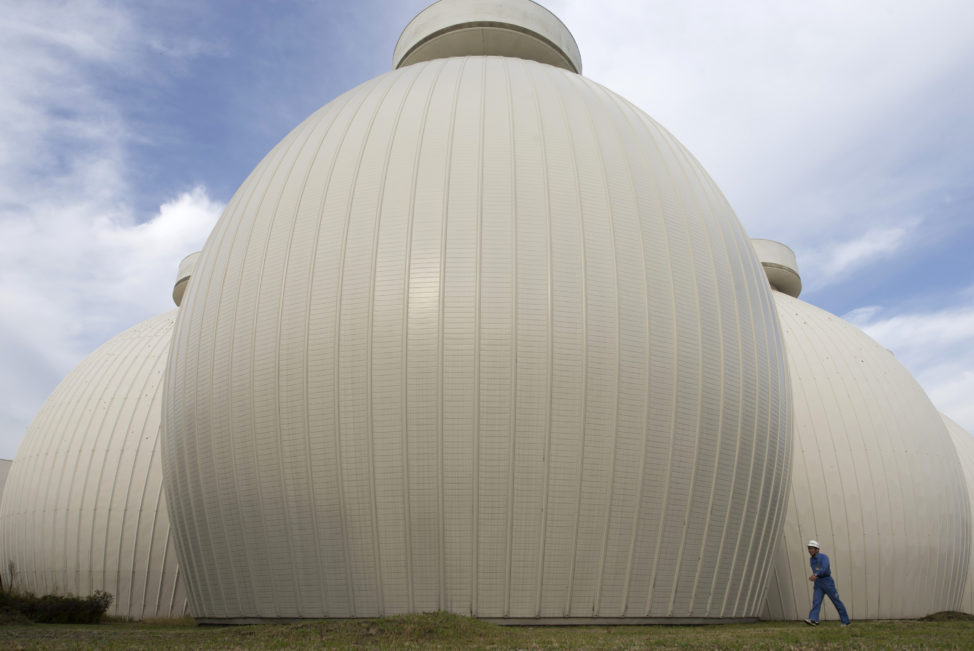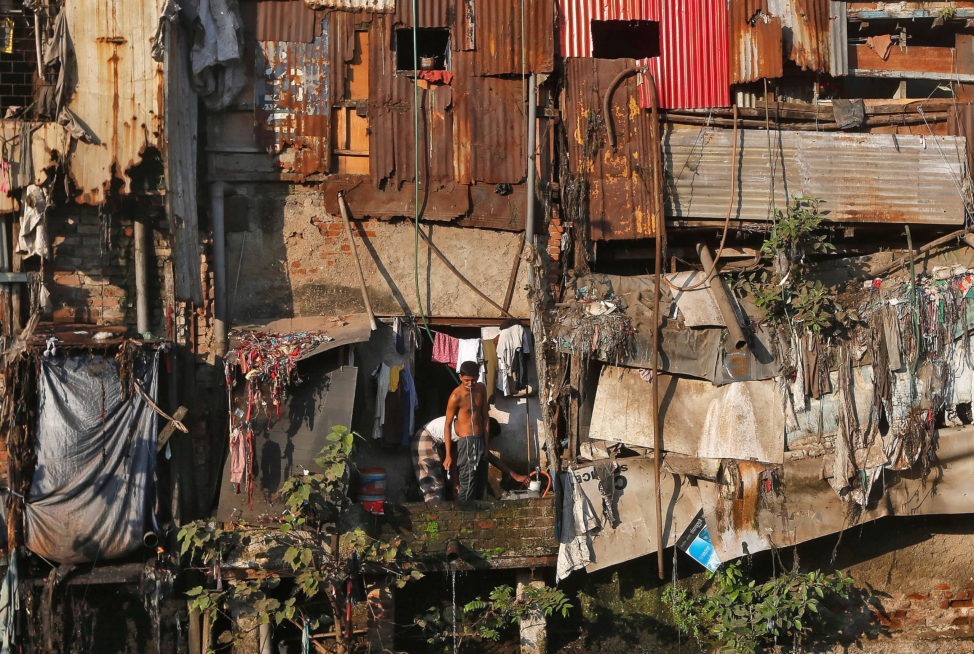
FILE – The Yokohama Smart City Project uses Smart Grid technology and solar panels to help cut energy consumption in homes and businesses to reduce its CO2 emissions by 80 percent by 2050, Dec. 2, 2016. (AP)
‘Smart cities’ or high-tech communities are popping up in parts of the developing world to connect citizens, spur economic development, and provide better services. But some experts caution that these smart hubs are more about sustainability and quality of life than the technology that supports them.
‘Smart cities’ is hardly a term everyone agrees on and does not necessarily refer only to urban centers. For Cisco’s Anil Menon, Global President of Smart+ Connected Communities, smart cities are just that – Smart+ Communities in both urban and rural areas.
And for Carlo Ratti, Director of the SENSEable City Laboratory at the Massachusetts Institute of Technology, they are SENSEable Cities. “I like to imagine that our cities are becoming ‘SENSEable’ with its double meaning, both ‘able to sense’ and ‘sensible,’ he said in an email.
So what is a smart or SENSEable city? According to Ratti, it is “simply the manifestation of a broad technological trend.”
That means the internet “is entering the environment we live in and is becoming Internet of Things, allowing us to interact with the space around us in new ways,” he added. “Applications are manifold: from energy to waste management, from mobility to water distribution, from city planning to citizen engagement.”
For the moment, Europe is leading experiments with smart cities concepts to maintain and enhance the quality of life for its citizens. But developing countries like India, South Africa, Indonesia and others are not far behind.
“Five years ago, we had to explain to get people to be interested in smart cities,” Menon told Techtonics. “In India, for example, or even Indonesia, you don’t have to talk about smart cities, everybody’s asking ‘where do we get started?'”
But he cautioned that smart cities should not be synonymous with digitization and technology, particularly in developing countries that need to focus on creating a standard of living, promoting the middle class, and providing jobs. “That is the worst way to look at smart cities. Smart cities is not about technologies.”
Ratti agreed. While technology provides the backbone for smart or SENSEable city planning, he said it should not be an end in itself. “It must remain a means” to facilitate new applications to improve the quality of life.

FILE – A man brushes his teeth outside a shanty in Dharavi, one of the world’s largest slums, in Mumbai, India, Dec. 27, 2016. (Reuters)
Take for instance Dharavi in India, one of the world’s biggest slums. Dharavi, as Menon noted, is blanketed by smartphones feeding a $9 billion economy, but residents have no clean water or health care.
“Can we use a digital technology and leverage capacities in cities to deliver urban services into rural areas so you don’t disrupt families and you don’t disrupt the rural communities, especially in emerging markets?” he asked. “In other words, can we redefine the whole proposition that you need to move into cities in order to create economic development?
A transformation is already taking place. In South Africa, for example, the Stellenbosch Innovation District on the outskirts of Cape Town, has been testing initiatives like electronic hubs where residents can download educational content, and “smart shacks” – easy to assemble, fire-proof homes that generate solar energy.
And in the Indian city of Bangalore, a health startup has been working with Cisco to set up long-distance radiology services so that even patients outside the country can have remote access to pediatric radiology consultation and information, using immersive technologies and video.
“Those are the kinds of things that you’ll see in emerging markets … creative ways that people are figuring out how to deliver services remotely,” said Menon, potentially disrupting urbanization trends and creating “satellite cities” – small towns and mid-sized cities where residents could have “all have the services that you could not otherwise have gotten.”
In Jaipur, the government has been working with Cisco to digitize parts of the ancient city, a major tourist attraction and religious destination.
Cisco chose Jaipur as a “lighthouse” city to deploy cameras, traffic management systems, and apps that tourists can download for information to travel safely. Police, traffic control, and other entities monitor the connected neighborhood on video cameras for parking and security. Collected analytics data help the government identify needs for new services and solicit feedback from citizens.
But in some developing regions, infrastructure, or lack of, can be a challenge. The Indian city of Hyderabad, for example, has created a public-private partnership to deploy some of the needed technologies. But archaic regulations and concerns of corruption in the procurement process “have created the environment where true public-private partnership is extraordinarily difficult.”
“Most emerging markets have regulations designed not even for the electrical world, it’s for the mechanical world,” he said. “They haven’t updated their regulations in the last 100 years. … You need new standards, new regulations, new public-private partnerships, and most importantly, a focus on security. … The thing is to be proactive in creating these conditions.”
As more ‘smart’ hubs crop up, they will be large and small, urban and rural. Some will have higher population densities, while others will be sparsely populated. “What will change dramatically,” said Ratti, “will be our way to experience the city, at the convergence of the digital and physical world – and this is going to be exciting!”

